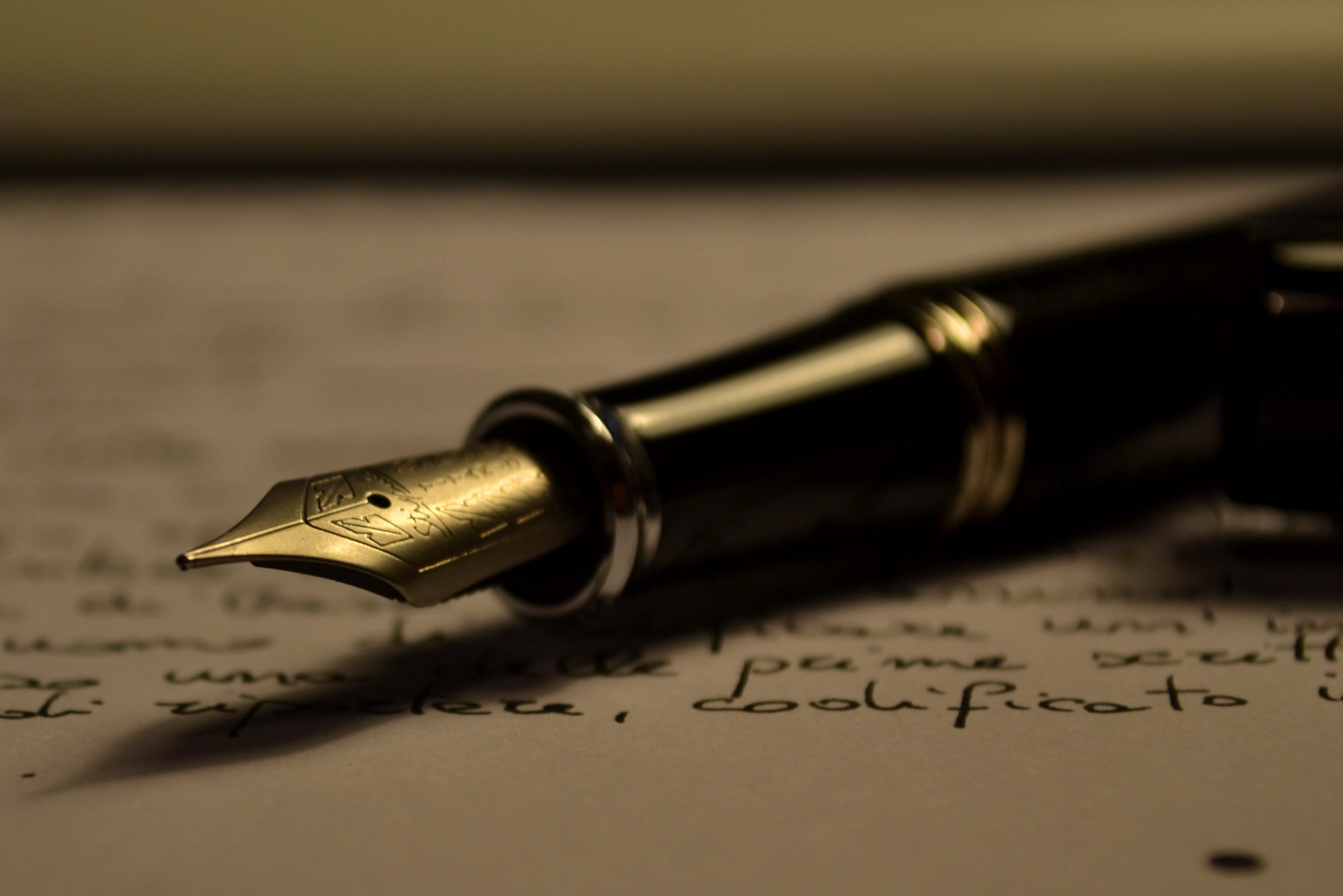It is time, I believe, to bring back mourning. Not mourning as in grieving – that has never left us, nor will while this world lasts – but the clothing which denotes its presence.
The West is not very good at either of them, for the most part. We expect people to “get over it” or “move on” in not much more than the standard three days bereavement leave, and as for the clothes – well. When I tell you there is a company offering such products as tees and tank tops with slogans like “live, love, grieve”, “grief vibes” and “grieving AF”, you will see how far we have come from the days when mourning clothing was both dignified and generally recognized.
This can in part be blamed on the mass deaths of the World Wars – very bad for morale, living in a sea of visible loss – and, going further back than that, the Victorians. The Victorians were huge supporters of people taking time to mourn, but rather overdid it with their strict codification of mourning which was not necessarily connected with your actual emotions. (Not to mention the annoyance when some sour old distant relation dies the moment you get a new outfit, thus preventing you wearing it while it’s still in fashion.)
I do not propose that we return to the suffocating etiquette of the nineteenth century, but that we reintroduce a shared visual vocabulary of loss. To that end, a few suggestions.
Grief varies in intensity over time (hopefully in an overall lightening trend). Mourning clothes should reflect this.
Continue & Comment


